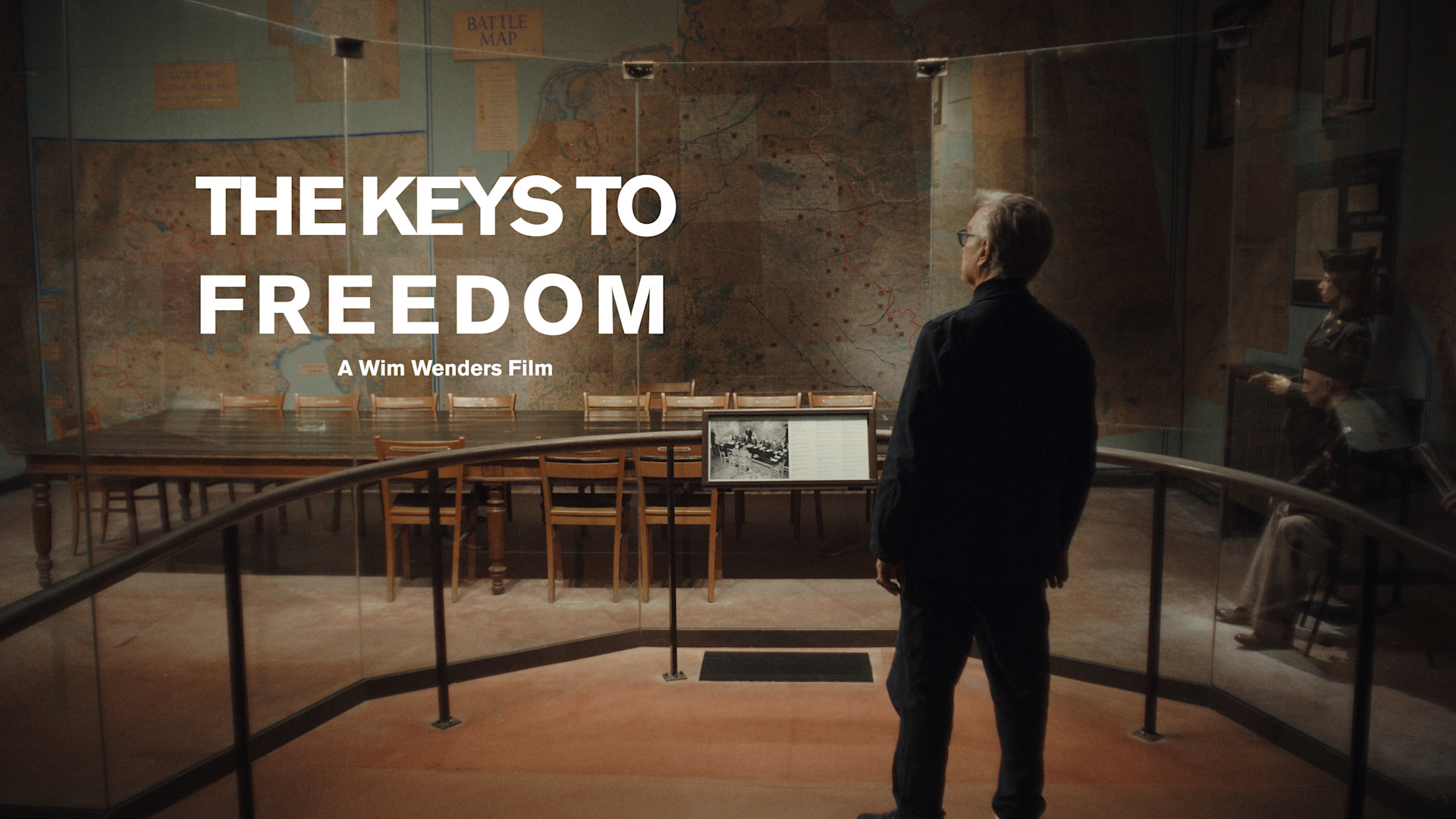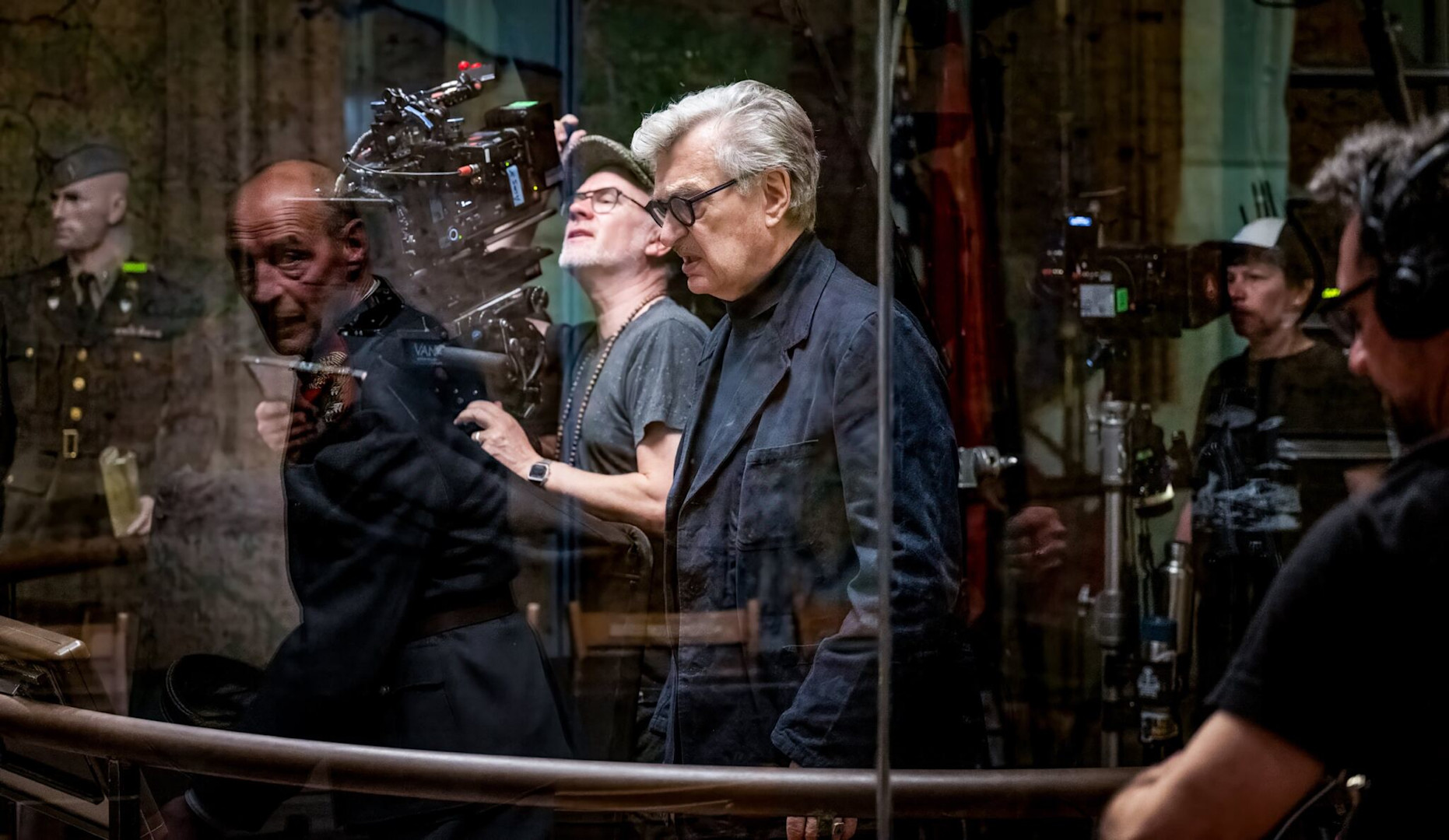The Keys to Freedom
Wim Wenders retells history in a map room – and formulates a wish for the future.
A forgotten place. Two original keys. And a story that changed Europe. For the Federal Foreign Office, Scholz & Friends and director Wim Wenders tell the story of May 7, 1945—the day Nazi Germany surrendered. “The Keys to Freedom” was created in Reims, France, in the secret map room of a school. The short film is a cinematic journey that rethinks the culture of remembrance and initiates a dialogue about freedom that is heard around the world.
- PR Report Awards - Winner (2025)

The film shows, not only in historical retrospect, that freedom can never be taken for granted.

A Film for Eternity. Developed in Record Time.
For the 80th anniversary of Germany's surrender, the Federal Foreign Office aims not just to commemorate, but to create a new impulse – emotional, artistic, and future-oriented. This initiative is part of a larger, overarching strategy with the hashtag #HowToInvestInFreedom, where many political leaders share their perspectives on freedom.
In collaboration with Wim Wenders, Scholz & Friends developed a short film in just seven weeks. The mysterious map room where the military of Nazi Germany surrendered becomes the setting for an artistic reflection. The film interweaves dramatic scenes, archival footage, and Wenders' personal narration in German, English, and French. The film is being screened in cinemas, schools, embassies, at festivals, and on social media. Without an advertising budget, but with maximum impact.

The message is getting across. Via German embassies around the world.
The publication in the New York Times attracts international attention. 140 million reach in one week. Positive reactions from young people, historians, and diplomats worldwide. More than 220 foreign missions use the film: as a door opener for discussions, as teaching material, as inspiration. A prime example of strategic communication and public diplomacy in the digital age. And a statement by Germany for freedom and peace.